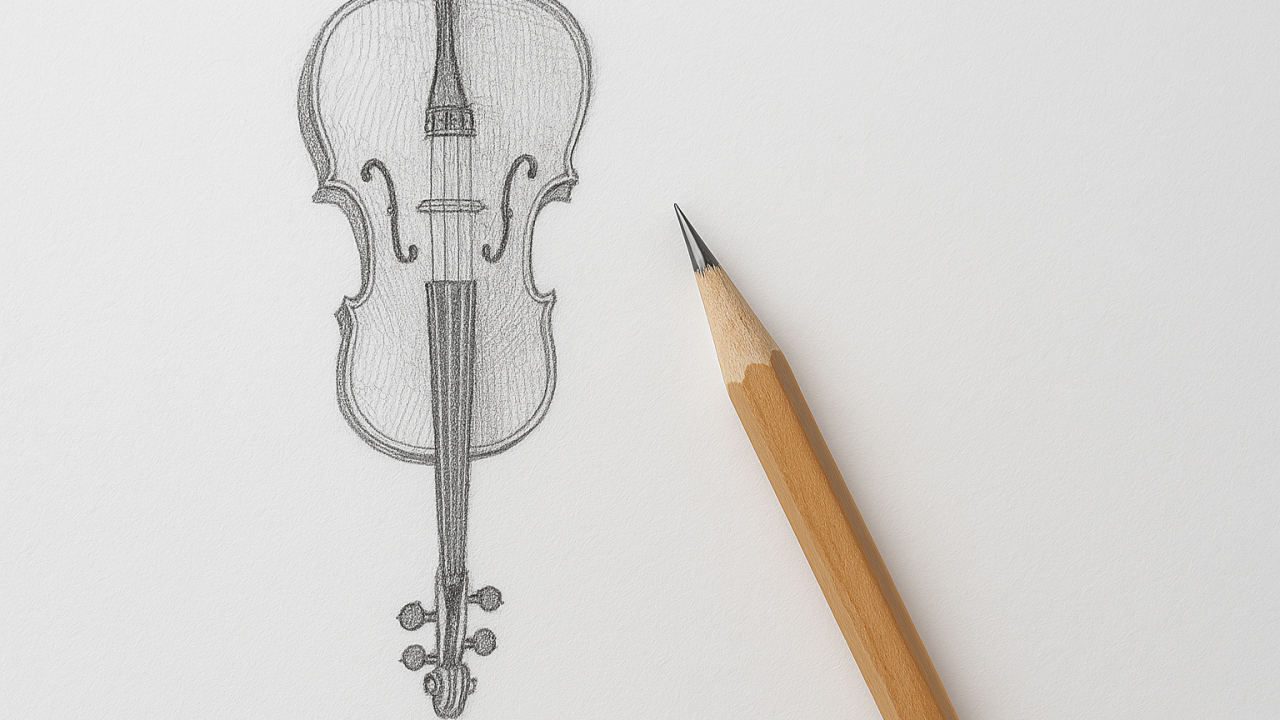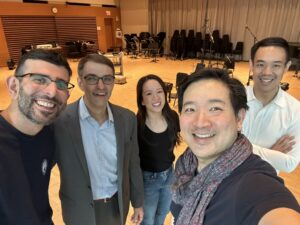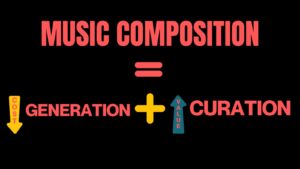In both learning how to draw and how to play a musical instrument, the temptation is to start with the hand.
Pick up a pencil, and you want to make something look right. Pick up a cello, and you want to make it sound right. But what does “right” even mean if we haven’t first learned to see or to hear?
This insight—that learning to draw is really about learning to see—was popularized by Betty Edwards in her classic book Drawing on the Right Side of the Brain. Her exercises are less about technique and more about perception: How to shift from symbolic, left-brain thinking (“this is how a nose looks”) to direct observation (“this is the shape and shadow in front of me”). Drawing becomes not an act of creating, but of witnessing.
One of her most compelling exercises is drawing an image turned upside down. By flipping the subject, our brains stop labeling it as “a face” or “a hand” and begin to actually see the lines, angles, and shapes. It forces us to bypass assumption in favor of observation. Otherwise, our brain might weigh down what we actually see with what we think we should see.
Musicians can benefit from the same kind of perceptual insight. I wrote earlier about the playing a passage in as many different ways as possible—changing the tempo, the dynamics, the phrasing, even the character—not to arrive at a final interpretation, but to dislodge ourselves from assumptions (see: “Beyond Perfection” and “Creative Limitations”). Like the upside-down drawing, this approach reveals hidden contours and details we may have glossed over. It strengthens not only our flexibility but our understanding.
And I see a similar truth in the music learning journey itself.
Learning to play the cello is filled with talk of bow holds, shifting, finger pressure, and resonance. Technique is important—essential, even—but I’ve come to believe that musical imagination must come first. The sound must exist in the mind before it exists in the air. Otherwise, we risk building a beautiful machine with no idea where it’s going.
The renowned cellist János Starker was perhaps the most articulate proponent of the “technique first” school. He famously broke down cello playing into layers: physical, mechanical, technical, cognitive, communicative, and, finally, musical. His belief was clear: you must master the instrument before you can express music.
While I admire his clarity and the lineage of precision he left behind, I believe there’s a cost to this model.
Too often, I hear technically perfect performances that feel hermetically sealed—flawless, but inward. Musicians trained in this way sometimes seem more concerned with their hands than their listeners. The music, rather than being a living, breathing communication, becomes a display of what the player can do. Interpretation becomes technique-driven, rather than empathetic.
Imagine an architect who refuses to discuss the purpose or feeling of a building until the scaffolding is perfect. You’d be left with structures of remarkable symmetry and no soul.
Or if one were to first construct a building without first deciding on its purpose.
The most moving performances, in contrast, come from those who hear first. These musicians might not have perfect technique (at least not right away), but their sound is driven by curiosity, imagination, and intention. They ask: What does this music mean? What do I want to say? How can I connect with someone?
Technique should follow vision. In art, you don’t learn to sketch before you’ve learned to see. In music, you shouldn’t have to build an entire technical edifice before beginning to explore how the music should sound, how it should move people.
This isn’t an argument for ignoring technical training. It’s a call to reorder our priorities—to begin with expression, with inner hearing, with feeling. To teach music not as a mechanical craft to be conquered, but as a language to be understood and shared.
Because in the end, whether you’re drawing a figure or playing a fugue, the real art is in the seeing.
Edwards, B. (2012). Drawing on the right side of the brain (4th ed.). TarcherPerigee.
Starker, J. (1997). Reflections on teaching. Internet Cello Society. Retrieved from https://www.cello.org/Newsletter/Articles/starkerreflections/starkerreflections.htm





